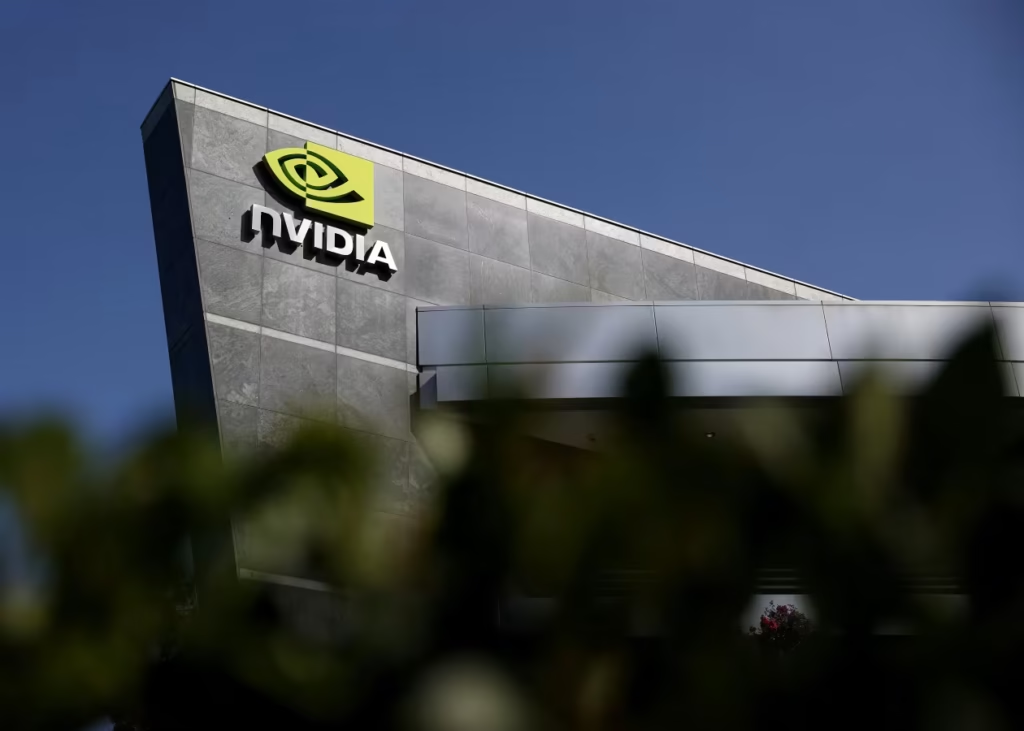Nvidia is Bank of America’s top chip stock pick amid AI-bubble worries.
Large technology companies are spending furiously on artificial-intelligence infrastructure – despite the associated revenue not being there yet. That sort of backdrop has some on Wall Street wondering when they should worry.
With large-scale infrastructure deployments come “some risk of overbuilding,” as it’s difficult to measure how much capacity will be needed to meet future demand, Bank of America analysts led by Vivek Arya said in a Monday note. At the same time, companies are caught up in a race to protect dominance or are looking for new ways to make revenue.
But while the analysts said that they are staying “alert” regarding the companies at the center of the spending rush, they also see four key differences between now and the dot-com boom, which seem to bode well for the current environment.
Companies are making use of capacity
For one, cloud service providers are “constantly” looking to add more AI compute capacity, the analysts said, noting that demand is so strong that there’s “high utilization” of Nvidia Corp.’s (NVDA) Hopper chips, which are more than three years old. The dot-com bubble’s problem with “dark fiber,” or underutilized fiber from the internet build-out, is “structurally different” from the compute being deployed now, the analysts said.
In Arya’s view, practical needs such as power, data-center space and water will be more of a limiting factor to the AI infrastructure build-out “than the desires/prognostications of disruptive AI companies.”
For example, despite the view that “OpenAI is the most disruptive of AI customers,” Arya said, “it will be one of the multiple [cloud service provider] ecosystems that are all vying for the same resources – power, space, water, and often leading-edge chips and developer attention,” resulting in a more paced build-out.
Meanwhile, AI adoption has been “frictionless,” since telecommunications networks haven’t required many upgrades for the rollout, the analysts said. They compared expectations for OpenAI to reach 1 billion users in three years, to Meta Platforms Inc.’s (META) Facebook taking about eight years and Alphabet Inc.’s (GOOGL) (GOOG) Google taking about 13 years to cross that milestone.
The money to fund AI spending
The second difference is that top cloud-service providers now have operating cash flows that can support their capital-expenditure intentions, the analysts said, while companies in the dot-com era depended on debt for financing. Top cloud-service providers are looking at 25% capex intensity, while expecting more than 30% average cash flow from operations.
Financing and the Fed
Expectations for the U.S. Federal Reserve to lower interest rates are another differing factor, the analysts said. They noted that interest rates were rising around the same time as previous market crashes in March 2000 and during the 2008 financial crisis.
The valuation point
There’s also a difference in the valuations of top AI players compared with leaders of the dot-com era, Arya’s team said. For example, Nvidia is trading at 29x its price-to-earnings ratio for 2026, which is “well below” its earnings power growth rate. That’s “starkly different” to when stocks such as Cisco Systems Inc. (CSCO), Nortel Networks Corp. and Yahoo Inc. were trading at 100x valuations during the 1990s, the analysts said.
Overall, the Bank of America team said they “remain vigilant but optimistic on AI chip leaders,” including Nvidia, their top pick, Broadcom Inc. (AVGO), Advanced Micro Devices Inc. (AMD) and Credo Technology Group Holding Ltd. (CRDO), as well as “their semi-cap, memory, optical and foundry peers.” More so than an AI bubble, they see the risks for these companies coming from rising tariff tensions between the U.S. and China over rare-earth minerals.





